Main features of the cable fault tester 1.1 Full-featured test failure safe, rapid and accurate. The instrument uses low-voltage pulse method and high-voltage flashover detection to test various faults of the cable. In particular, the flashover and high-impedance fault of the cable can be directly tested without burning through. If equipped with a sounding statutory point gauge, the exact location of the fault can be accurately determined.
1.2 High Test Accuracy The instrument adopts high-speed data sampling technology. The A/D sampling speed is 100 MHz, the reading resolution of the instrument is 1 m, and the detection blind area is 1 m.
1.3 Cable fault tester High degree of intelligence The test results are automatically displayed on the large-screen LCD screen with waveforms and data. And equipped with full Chinese menu display operation function, no need for the operator to do a special training.
1.4 has a waveform and parameter storage, call-out function uses non-volatile devices, waveform, data is not easy to lose after shutdown.
1.5 has dual trace display function.
The test waveform of the faulty cable can be compared with the normal waveform, which is helpful to further judge the fault.
1.6 has a waveform scaling function.
Change the waveform scale to expand the waveform for accurate testing.
1.7 Cable fault tester The position of the double cursor can be arbitrarily changed to directly display the direct distance or relative distance between the fault point and the test point.
1.8 has the function to modify the propagation speed at any time according to different measured cables.
1.9 small size portable shape, built-in rechargeable battery-powered, easy to carry and use.
Main Technical Specifications 2.1 Application Scope and Uses The instrument can test various types of power cables (voltage levels from 1KV to 35KV) and short circuits, grounding, and high-resistance leakage on local telephone cables, FM communication cables, coaxial cables, and overhead overhead lines. High-impedence flashover failures, and cable breakage, poor contact and other failures. Can test the length of the cable and the propagation speed of the wave on the cable.
2.2 cable fault tester fartest distance: 32Km (open line up to 100 km)
2.3 Probe dead zone: 1m
2.4 reading resolution: 1m
2.5 power consumption: 5VA
The auger bit adds a long deep spiral flute for effective chip removal.
Two styles of auger bit are commonly used in hand braces: the Jennings or Jennings-pattern bit has a self-feeding screw tip, two spurs and two radial cutting edges. This bit has a double flute starting from the cutting edges, and extending several inches up the shank of the bit, for waste removal.
The Irwin or solid-center auger bit is similar, the only difference being that one of the cutting edges has only a "vestigal flute" supporting it, which extends only about 1â„2 in (13 mm) up the shank before ending.
The diameter of auger bits for hand braces is commonly expressed by a single number, indicating the size in 16ths of an inch. For example, #4 is 4/16 or 1/4 in (6 mm), #6 is 6/16 or 3/8 in (9 mm), #9 is 9/16 in (14 mm), and #16 is 16/16 or 1 in (25 mm). Sets commonly consist of #4-16 or #4-10 bits.
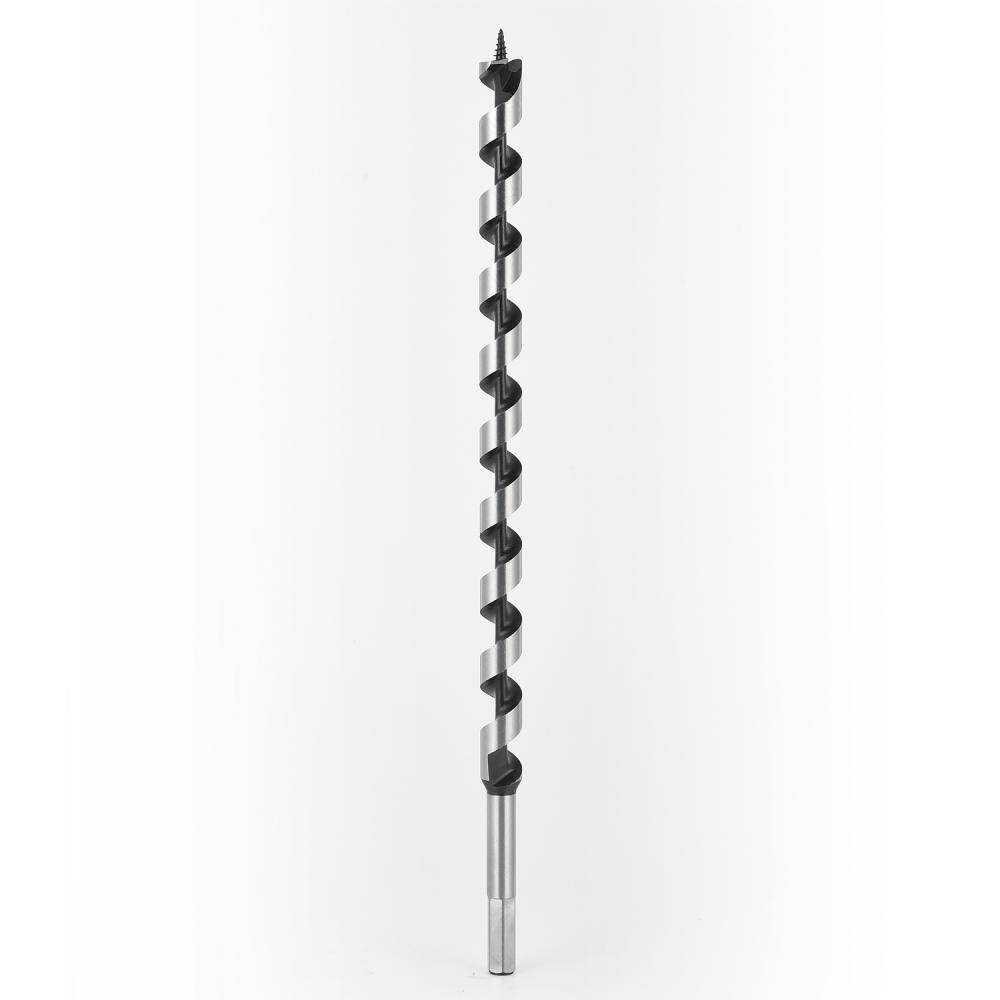
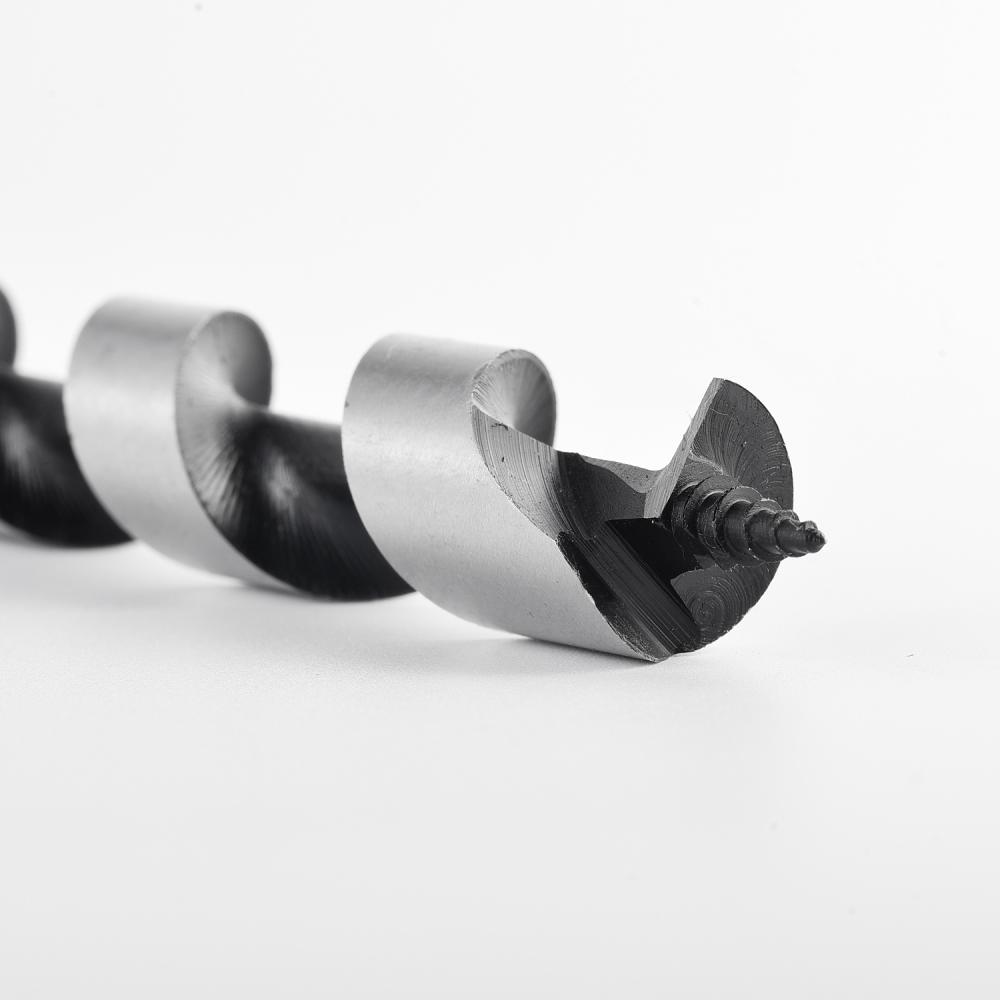
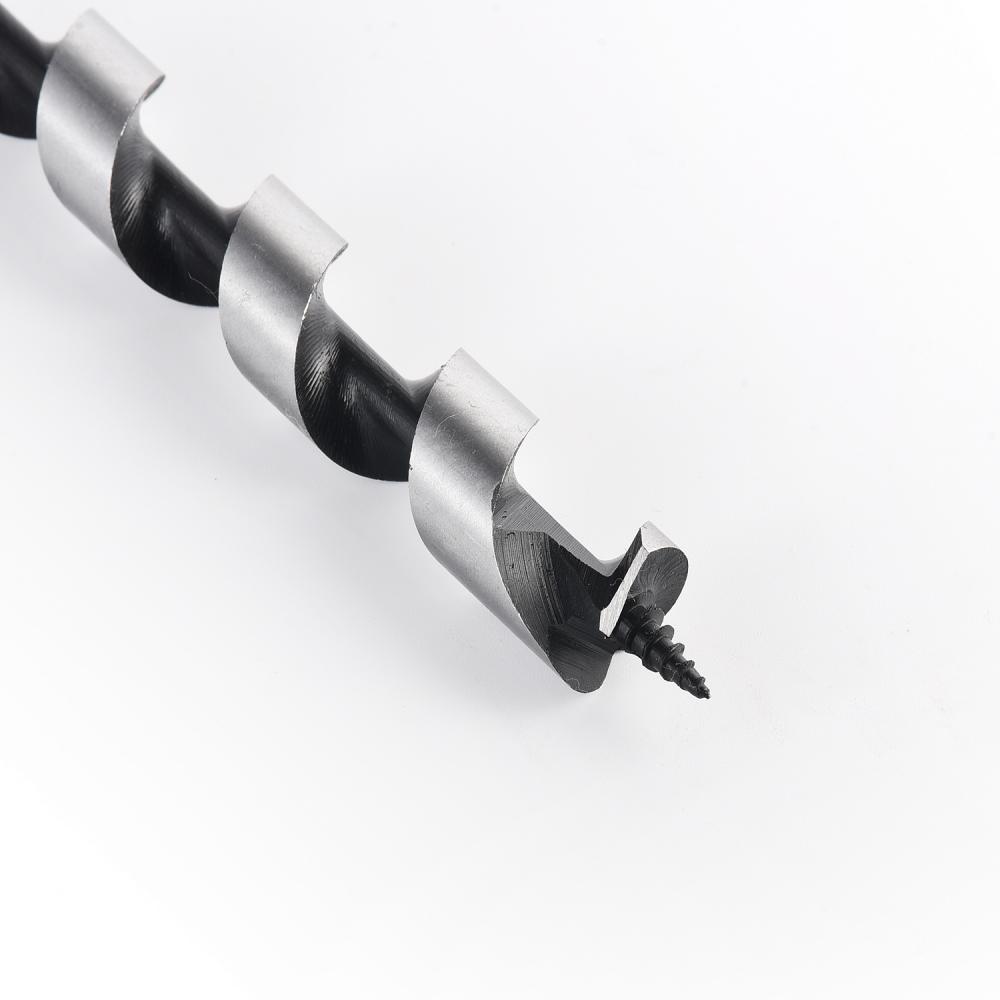
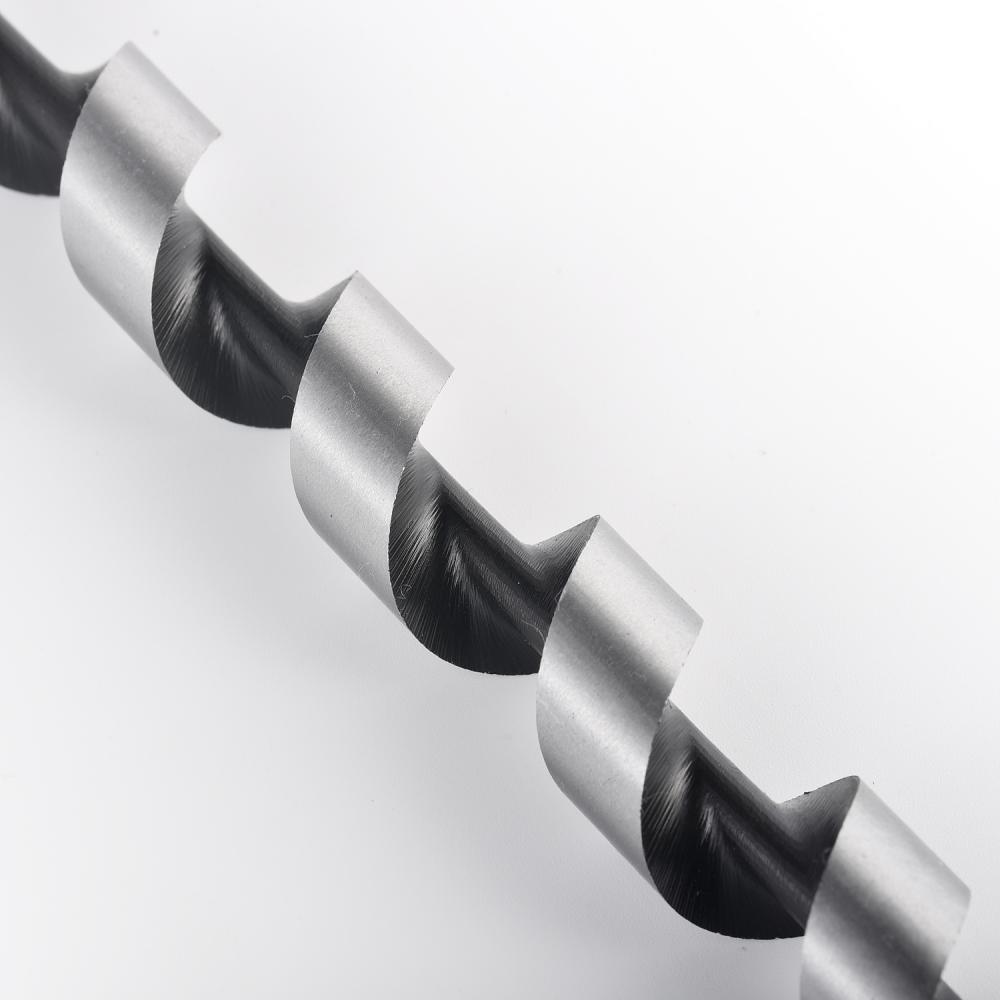
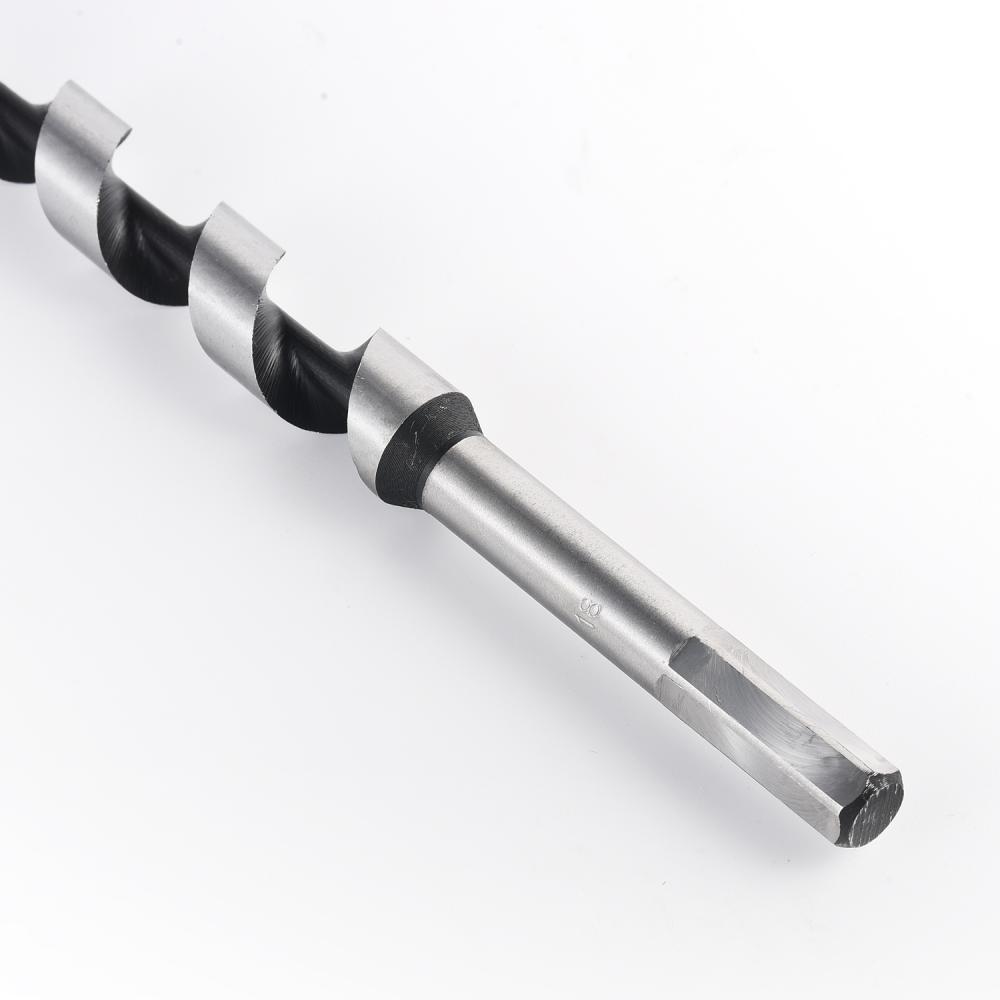
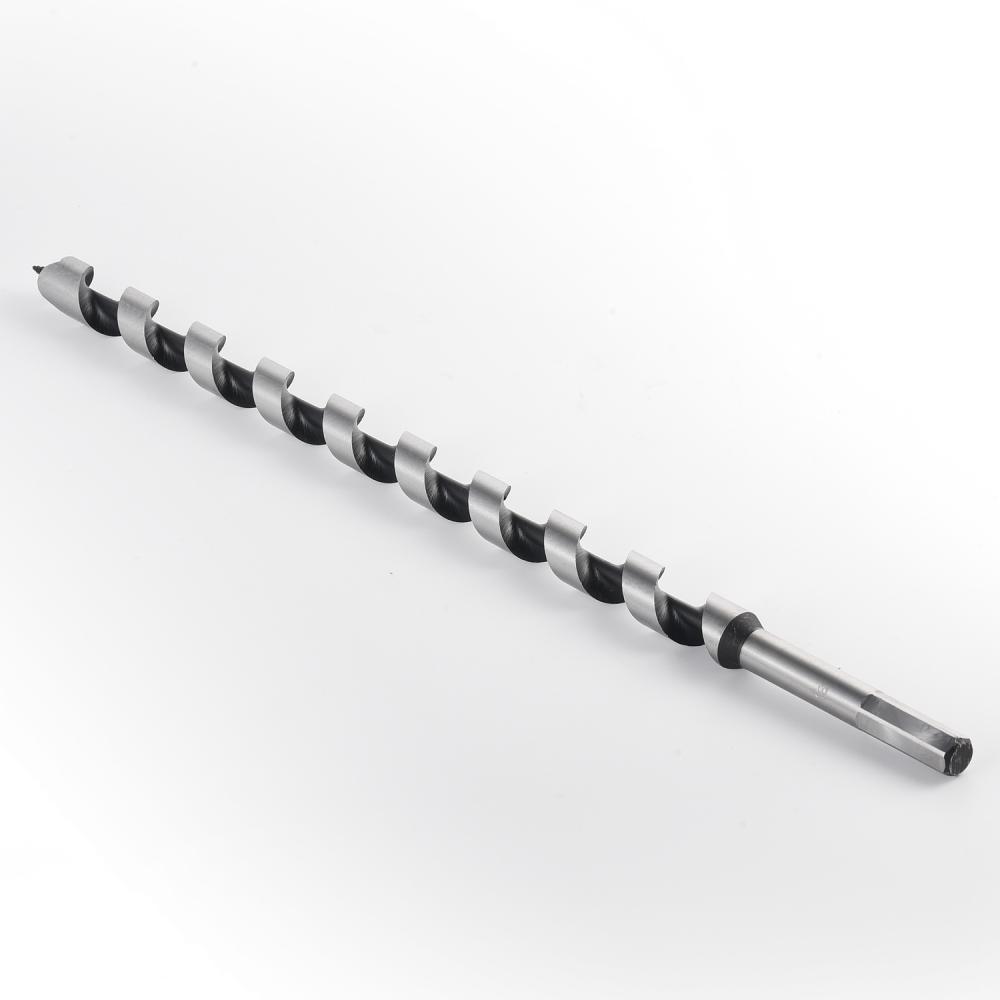
Extra Long Auger Bit,Auger Drill Bit,Drill Bit With Flute,Carbon Steel Wood Working
Behappy Crafts (suzhou)Co.,Ltd , https://www.craftsbehappy.com
![<?echo $_SERVER['SERVER_NAME'];?>](/template/twentyseventeen/skin/images/header.jpg)